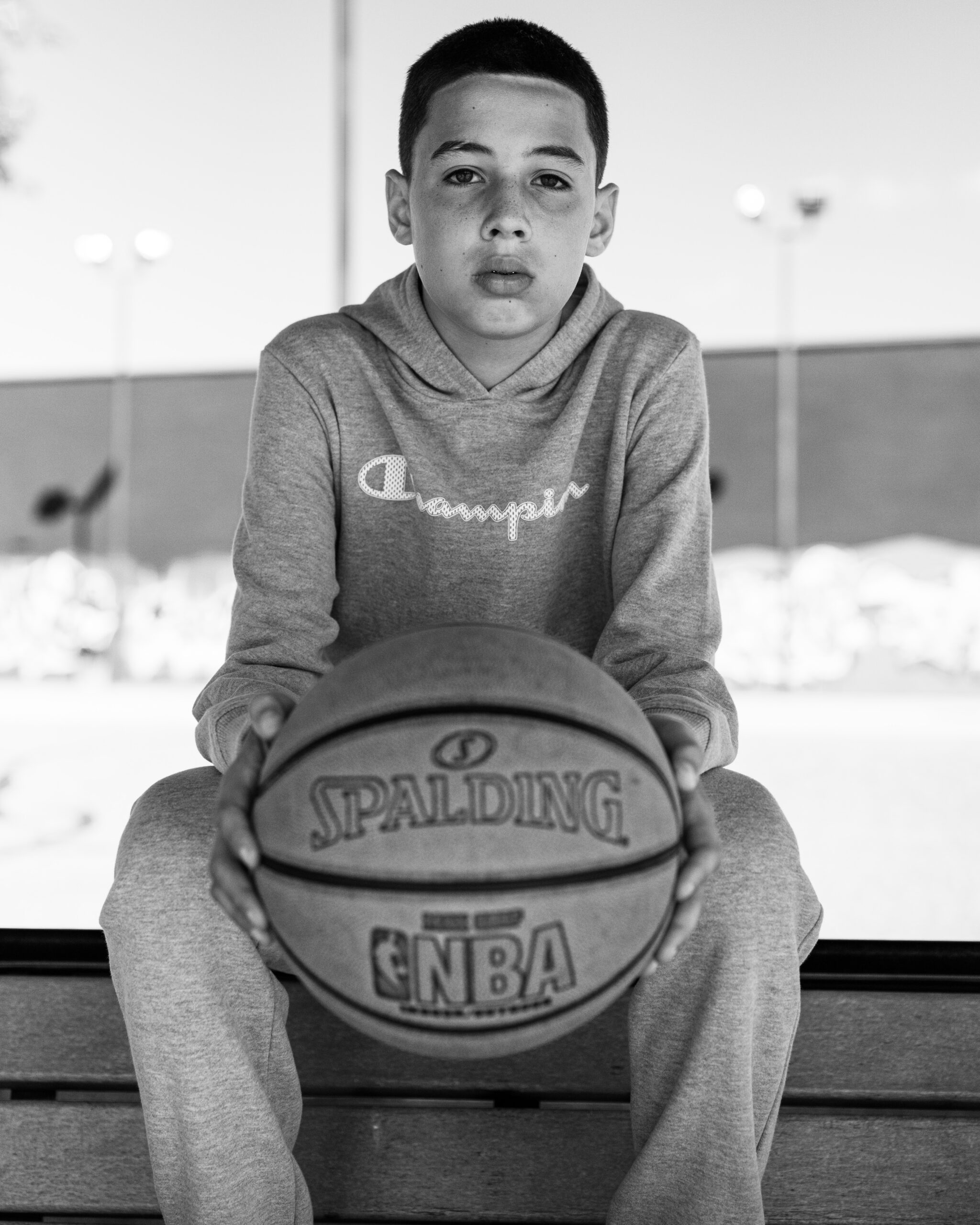Behaviour Management for Young Players

For any coach the challenge of controlling a group of young athletes can be intimidating, the strategies that form part of the process are called behaviour management. Behaviour management is a broad term used to encompass all of the strategies or activities that a person could help to use for motivating and focusing a playing group. This is very different to just simple negative reinforcement.
Whistle

One of the fundamental tools of the trade as far as controlling a spirited group of young players, or any players for that matter is the use of a whistle. The whistle helps cut through the noise to bring everyone’s attention to the coach.
A whistle is highly invaluable for coaches who do not have a strong voice that can be used as an alternative to a whistle. For most coaches gaining attention initially is a challenge that many take a few years to master, especially if not using an aid like a whistle.
Another option that also makes the whistle very useful is that this particular tool has a number of different variations in its design. Most people think of a whistle as something that you blow into, but there are a few other choices. A squistle, or squeeze whistle is an option for those that might share their whistle and so need the added hygiene protection. This whistle is activated by squeezing a soft chamber that forces air through the whistle. Also coaches could employ and electric whistle. This whistle is battery powered and emits a tone when a button is pressed. This can be a very useful tool as it allows a coach to gain attention, or spot play while still coaching and using their voice at the same time.
Environment
One of the first aspects to consider when thinking about coaching young players is the environment. If outside for example, it pays to always have the coach facing towards the sun, with the athletes looking at the coach with the sun on their backs.
This helps the young players to be more focused and able to pay attention without the added burden of the sun in their eyes.
Another consideration can be the selection of a space to demonstrate drills and activities. With young players it helps to select and area that is free of distractions such as other teams that is quite. By selecting this type of area the coach will not need to yell or compete for every players attention as frequently.
Routine
A fantastic behaviour management strategy is the implementation of routine. A routine is nothing more than a set of instructions that players rehearse to empower themselves. A great example of this is explaining to the young players the start of session routines. Where does the team meet and at what time? Once this talk has been completed what is the warm-up activity? Who leads these activities?
As a behaviour management strategy the more as a coach that you utilise routines throughout your sessions the better junior athletes will become in following them.
Attention Grabbers

When in session and you are looking to grab the attention of young players there are some well tried and tested ways to do this without being overly complicated or involved. The first that you will see employed by many primary school teachers is clapping. The performance of a simple clapping sequence will help gain attention, but also then confirms who is listening as the young players will respond by echoing the clapping sequence performed by the coach originally.
Another strategy commonly seen in the classroom is the use of counting. Talking in a clear, calm manner backwards from three to one, will assist in bring young athlete’s attention back to coach and quieten the general talk significantly.
In summary not any one behaviour management strategy is going to work all the time, with every athlete that you come across. As players usually become more and more familiar with their coaches they grow into the expectations placed upon them. This also works in the opposite way in some cases as coaches need to be working to have a range of different strategies so when a team becomes complacent order can still quickly be gained and each individual player refocused.

